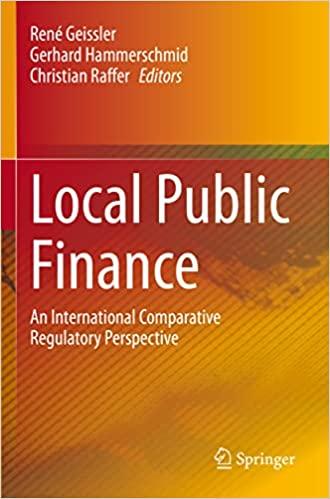Mark Sexton and Todd Story, the owners of S\&S Alr, Inc., Vlwere impressed by the work Chris had done on financial planning. Using Chris's analysis, and looking ot the demand for light aircraft, they have decided that their existing fabrication equipment is sufficient, but it is time to acquire a bigger manufacturing faclity. Mark and Todd have identfied a suitable structure that is currently for sale, and they believe they can buy and refurbish it for about $35 million. Mark, Todd, and Chris are now ready to meet with Christie Vaughan, the loan officer for First United National Bank. The meeting is to discuss the mortgage options available to the compary to finance the new facility. Christie begins the meeting by discussing a 30 -year mortgage, The loan would be repaid in equal monthly instaliments. Because of the previous relationship between SAS Alr and the bank, there would be no closing costs for the loan. Christie states that the APR of the loan would be 6.1 percent. Todd asks if a shorter mortgage loan is avaltable. Christie says that the bank does have a 20 -year mortgage avallable at the same APR. Mark decides to ask Christie about a "smart loan" he discussed with a mortgage broker when he was refinancing his home loan. A smart loan works as follows: Every two weeks a mortgage payment is made that is exactly one-half of the traditional monthly mortgage payment. Christie informs him that the bank does have smart loans. The APR of the smart lo an would be the same as the APR of the traditional loan. Mark nods his head. He then states this is the best mortgage option avaltable to the company becouse it soves interest payments. Christie agrees with Mark, but then suggests that a buttet loan, or balloon payment, would result in the greatest interest savings. At Todd's prompting, she goes on to explain a butlet toan. The monthiy payments of a bullet loan would be calculated using a 30 -year tradltional mortgage. In this case, there would be a 5 -year bullet. This means that the company would make the mortgage payments for the traditional 30 -year mortgage for the first five years, but immedlately after the company makes the 60 th payment, the bullet payment would be due. The bullet payment is the remalning principal of the Ioan. Chris then osks how the buitet payment is calculated. Christie tells him that the remaining princlpol can be calculated using an amortization table, but it is also the present value of the remaining 25 years of mortgage payments for the 30 -ye ar mortgage. Todd also has heard of an interest-only loan and asks if this loan is available and what the terms would be. Christie says that the bank offers an interest-only loan with a term of 10 years and an APR or 3.5 percent She goes on to further explain the terms. The company would be responsible for making interest payments each month on the amount borrowed. No principal payments are required. At the end of the 10-year term, the company would repoy the $35 million. However, the company can make principal payments at any time. The principal payments woufd work just fike those on a tradftional mortgage. Princlpat payments would reduce the principal of the loan and reduce the interest due on the next payment. Mark and Todd are satisfled with Christie's answers, but they are still unsure of which loan they should choose. They have asked Chris to answer the following questions to help them choose the correct mortgoge: 3. How long would it take for S\&S Air to pay off the smart loan assuming 30-year traditional mortgage payments? Why is this shorter than the time needed to pay off the traditional mortgage? How much Interest would the company save









